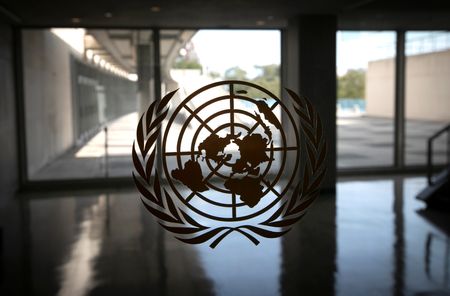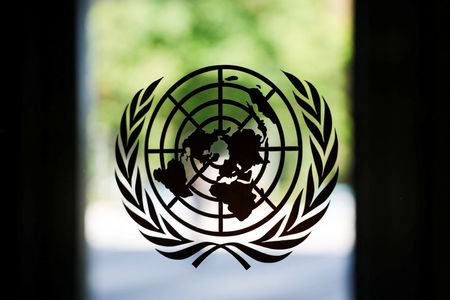PARIS (Reuters) – France is being inundated by a “white tsunami” of cocaine, the interior minister said on Thursday, with authorities seizing more than double the amount of the drug last year in an illicit economy linked to violent crimes.
At a presentation of a media campaign warning against the impact of cocaine use, Interior Minister Bruno Retailleau said he wanted drug users to be “aware of their responsibility when they feed a deadly economy by smoking a joint or snorting a line of cocaine.”
Seizures by authorities amounted to 47 tonnes in the first 11 months of 2024, against 23 tonnes in all of 2023.
The ministry’s video shows a line of cocaine turning into a fuse that ignites fires and shootings, with a warning to users that: “Every day, people pay the price for the drugs you buy.”
Nearly 197,000 consumers were fined for drug use last year, surging 21% over 2023, Retailleau said.
The scourge affects Europe broadly. Cocaine, after cannabis, is the second most commonly used illicit drug in Europe, according to European Union Drugs Agency (EUDA).
In 2022, EU member states reported 84,000 cocaine seizures, amounting to 323 tonnes – a record for a sixth year – and up from 303 tonnes in 2021, according to the EUDA 2024 European drug report.
Three European countries made up 68% of the total quantity seized: Belgium with 111 tonnes, the Netherlands with 51.5 tonnes and Spain with 58.3 tonnes, reflecting their importance as entry points for cocaine trafficked to Europe.
In 2023, the quantity of cocaine seized in Antwerp – Europe’s second-largest seaport and its top gateway for South American cocaine – rose to 116 tonnes from 110 tonnes in 2022, EUDA data shows.
In that same year, Spain reported its largest seizure of cocaine, 9.5 tonnes, in a single shipment, concealed in bananas originating from Ecuador.
Surveys cited by EUDA indicate that almost 2.5 million 15- to 34-year-olds in the EU used cocaine in the last year, or on average 2.5% of this age group, with the heaviest use in countries such as the Netherlands, at 5.5% in 2022, and Ireland, 4.8% in 2019. France stood at 3.2% in 2017.
(Reporting by Geert De Clercq; Editing by Bernadette Baum)










